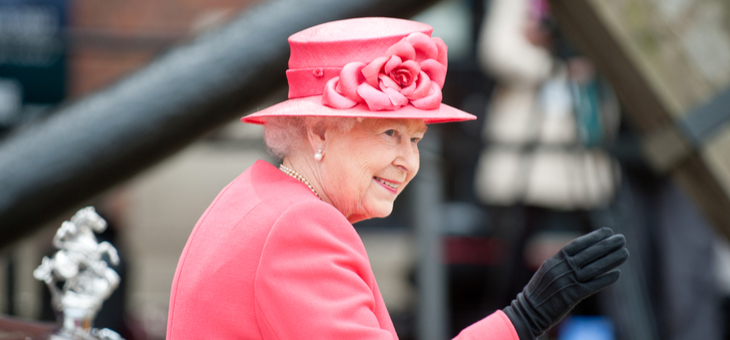‘Eleanor, Liam, may I have a word?’ Asked Mrs Odutola, my woodworking teacher, as the rest of the class filed out of the room. My eyes widened and my heart sped up, I was not one to get into trouble at school. We were finishing up a movable woodworking project (think child’s pull-along toy) and I had probably added a few too many moving parts, so was falling behind a little.
But no, it was good news! An innovative, state of the art earthquake research centre was being built at Bristol University and the Queen would be there to open it. They had invited two students from each nearby school to participate in a competition to build the strongest earthquake-safe structure.
I was surprised by this news as I had never felt an earthquake in my life (that changed when I moved to New Zealand in 2013!). But it turns out around 200 to 300 earthquakes are detected in the UK by the British Geological Survey each year, though only around 10 per cent of them can be felt by the public.
Now, this is important because around 15 per cent of the UK’s electricity is generated by seven Advanced Gas-Cooled Reactor (AGR) power stations operated by EDF Energy. Their safe operation is crucial to ensuring enough electricity is generated in the UK.
These AGRs, unique to the UK, were designed and built in the 1970s and `80s. Their nuclear core is made up of thousands of interlocking graphite bricks. As these reactors age, fine cracks occur in the graphite bricks. It is important that EDF Energy is able to prove that under extreme conditions, such as a severe seismic event, these cracks would not cause the bricks to move in a way that would prevent the reactor from safely shutting down.
To research this, Bristol University built one of the most advanced earthquake shaking tables in Europe.
I remember it was a cold day in February 2005, and my eyes were sore that morning as I didn’t get much sleep the night before. Today, I was meeting Queen Elizabeth II.
I went to school as usual but was excused from classes to meet Mrs Odutola and be briefed on protocol, including how to greet the Queen, which included the following procedure:
- wait until she approaches you
- a small curtsy (if you’re female) or neck bow (if you’re male)
- greet her first with “Your Majesty” and then “ma’am” (rhymes with jam!) for any follow-up conversation.
We drove to Bristol Uni to start assembling our structure to be entered into the competition. We could only use wooden sticks and rope and it had to be able to carry a certain amount of weight.
Once they were completed, the students stood with their structures ready to explain their ideas to the Queen. It was quite a long wait. You wait for the Queen; the Queen doesn’t wait for you. Period.
Just before Her Majesty arrived, the whole floor suddenly fell silent and you could sense that she was coming. I became quite nervous. I was only 14 but when I saw her approach, I instantly felt the presence that she brings to a room.
The Queen and Prince Philip walked along the lines of students and staff, occasionally sharing a few words. She stopped to look at our structure and we shared a very brief exchange about why we decided to design the building in that way. It was a tremendous honour and a day I’ll never forget.
I’m glad it was a school event and I didn’t have to worry about what to wear. Can you imagine choosing an outfit to meet the Queen?
The Queen, now 94, has lived a lifetime of dedication and service but it has not been without its challenges. The most recent shock being the announcement that Harry and Meghan were stepping back as senior members of the royal family. The couple said in a “personal message” that they were stepping back as senior members of the royal family to become financially independent while continuing to support the Queen.
Speculation has been mounting about whether or not the Queen will hand over official responsibilities, but a senior aide made it clear at the close of 2019 that there were no plans for a transfer of power or a formal regency, in which someone rules on the sovereign’s behalf.
That said, there has been a very gradual shift of duties to younger members of the royal family. For example, the Queen no longer does long-haul overseas travel and has only made a handful of short-haul trips since 2013. The rest of the family now undertake foreign tours on her behalf, but the British monarch continues to keep an impressive schedule.
Have you ever met Queen Elizabeth II or a member of the British royal family? Did it change the way you thought about the monarchy?
If you enjoy our content, don’t keep it to yourself. Share our free eNews with your friends and encourage them to sign up.
Related articles:
https://www.yourlifechoices.com.au/lifestyle/leisure/why-aussie-actor-will-be-a-perfect-diana
https://www.yourlifechoices.com.au/news/royal-sentiment-revealed
https://www.yourlifechoices.com.au/lifestyle/stylewatch/royal-wedding-dresses-through-the-ages

